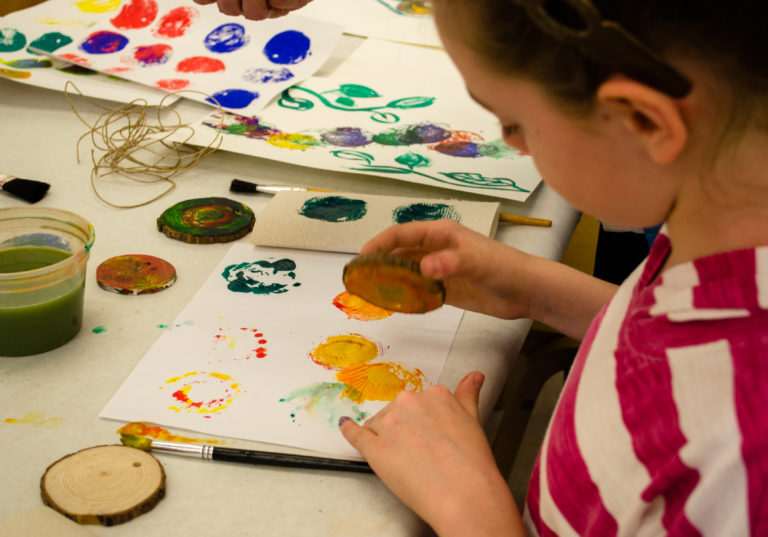
Nature Activities for Home
Community Science Bird Count
Sharpen your observation skills as you participate in a nationwide community science project that helps scientists and birds.
- Internet connection
- Bird Count Data Form
- Local Bird Images
- eBird App
- Birding Bingo sheet
- Pencils
- Clipboards (if available)
A Healthy Reminder
Some of these activities may take you out into nature. Be sure to follow the recommended health and safety guidelines, including keeping at least six feet from others and washing your hands well when you return home.
Key Words and Definitions:
- Community Science: a type of science in which everyday people collect and share data with a larger community, including scientists.
- Preening: grooming with the beak, especially by rearranging the barbs and barbules of the feathers and by distributing oil.
- Perching: to rest on something safely, away from the ground.
- Prey: an animal eaten by a predator.
- Predator: an animal that obtains food by hunting and eating other animals.
Procedure:
Create an account on eBird.com or by downloading the eBird app. Share with children that they are going to study and protect birds by participating in something called community science. Take a moment to define this term. Add that one way to participate in community science is to observe birds in their habitat, count them and share that information. This way, scientists can keep track of birds and protect them better!
Before going out to look for birds, go over the best practices for finding them. These include using slow and quiet movements, and keeping open ears and eyes. Discuss common bird behaviors like preening, perching, flying, hunting prey and hiding from predators. Being aware of such behaviors will prepare children to find birds. Lastly, show some images of local bird species, such as the American crow, American robin, blue jay, grackle, European starling, house sparrow, rock dove/pigeon and mourning dove.
Bring children outside, just in front of your home, to a nearby park or the surrounding neighborhood, for bird watching. Children can identify and record the birds that they see using either the eBird app or the data collection form linked to in the materials section.
For younger children or a group of children, you can use the “Birding Bingo” sheet linked in the materials section to look for birds, signs of birds, and potential nesting and feeding sites.
NOTE: This activity is also possible to perform indoors with children seated in front of a window, or using one of the bird feeder live-streams listed below. Children can revisit this activity multiple times at different parts of the day. It can be a daily or weekly survey to see if there is a difference in the number or kinds of birds over time. Children may use the provided data form for The Great Backyard Bird Count (listed under Resources) as a guideline for prolonged observation.
Online Live-Steams of Feeders:
- LIVE Bird Feeder Cam in Ohio [20+ species observed!] by Bird Watching HQ
- Live Birds In 4K! Cornell Lab FeederWatch Cam at Sapsucker Woods by Cornell Lab Bird Cams
- Ontario FeederWatch Cam by The Cornell Lab
Resources:
Del-Colle, Andrew. “Get to Know These 15 Common Birds.” Audubon, Audubon, 31 Jan. 2018, www.audubon.org/news/get-know-these-15-common-birds.
“Great Backyard Bird Count.” GBBC, Cornell University, 2014, http://gbbc.birdcount.org/.
“eBird.” eBird, The Cornell Lab, 2018, http://ebird.org/home.

